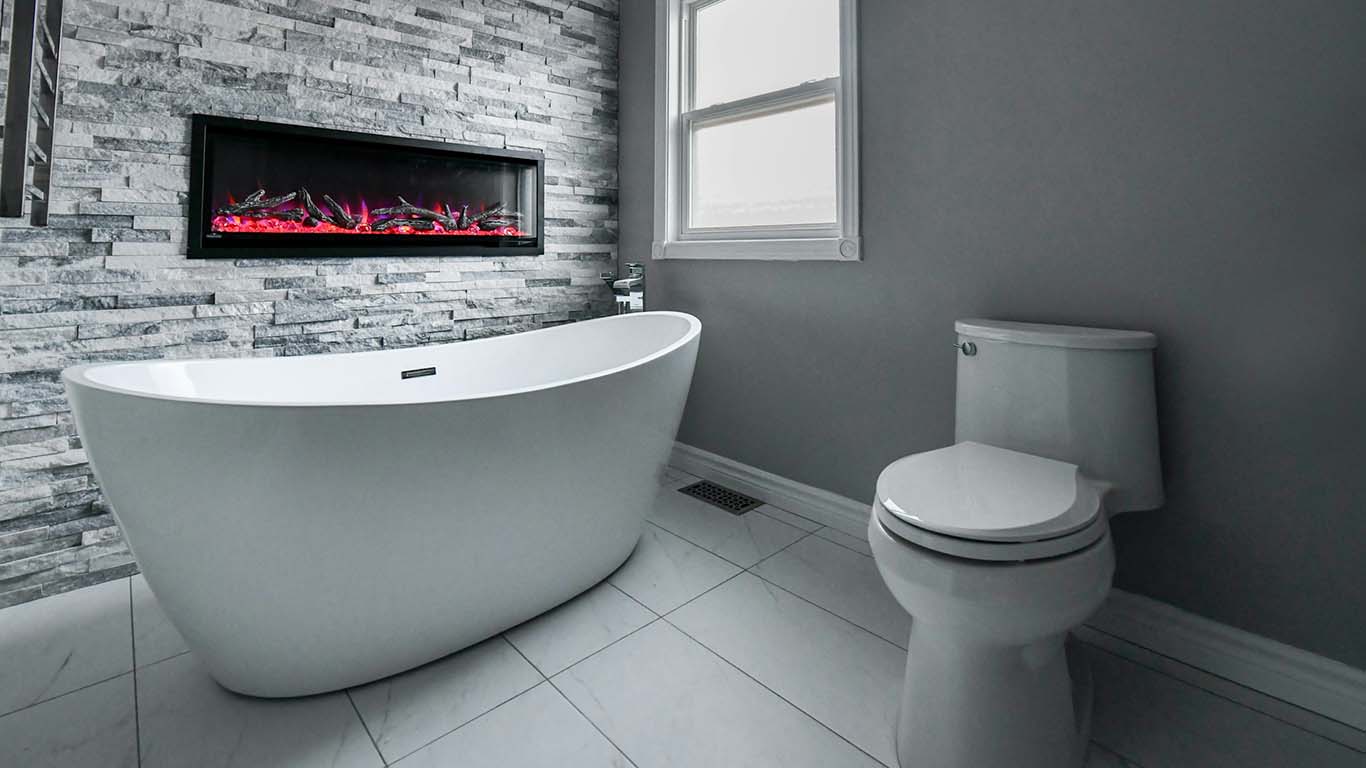In the case of mining, chutes be more than just a tool to assist the stones. They handle tons of abrasive material every single daily – gravel, coal ore, even stones that are large enough. All the time, this rubbing creates extreme wear.
When the chutes get damaged, the entire process could slow to a crawl or stop entirely. We all don’t want that. So, mining engineers are focused on a single aspect of the creation of chutes in mining to resist wear.
They pick materials and designs that can stand up to the harsh environments that are encountered in underground mining. The following article will discuss the reasons this is crucial and the implications for actual mining sites.
Material Flow Is Never Gentle
The flow of the ore is not as the chute like water does through a tap. It slams, grinds and scrapes off the surfaces. Imagine sharply edged rocks crashing down the metal surface at high rate.
This type of collision can cause chips, surface fatigue, and ultimately create holes. While some substances appear to be durable at first glance, such as ordinary steel–they can’t stand up to the environment we’re living in.
This is the reason engineers generally select steel that has been hardened and ceramic lines, or panels that are backed by rubber. They aid in absorption of the force and lessen the harm. Some mines use self-lubricating lines that ensure an even flow and decrease friction.
Downtime Costs More Than Repairs
When a chute fails to function, repair isn’t always the main problem. Mines might have to shut down conveyors, stop truck hauling or shut down the process equipment.
This can mean thousands or often millions of dollars per hour lost. The idea of planning to reduce resistance on the horizon can prevent confusion.
Engineers design mining chutes that last for longer and have fewer interruptions. Some use modular panels that enable maintenance workers to replace sections that are damaged.
Angles And Geometry Make A Difference
Chute wear isn’t limited to their materials; it’s also related to how they’re constructed. A slope that’s steep may cause materials to be moved faster. However, it can also have more impacts in the lower areas.
An angle that’s less than steep may slow down the process, but it could also cause buildup and diverse wear designs. The experts look at the way that stones behave and adjust the slope of the chute, the slope of it and the location of exit.
At times, they construct tiny versions of flow to examine it prior to cutting the actual steel. This type of planning can mean less confusion at the end of the day, and more effective wear control in general. The use of intelligent geometry may be able to do what expensive products cannot.
Heat And Moisture Play A Role Too
Mining operations aren’t governed by weather conditions. A lot of mines are located deep in humid, hot areas. Certain mines operate in mountains. Weather conditions can affect the speed with which things are broken down.
The heat can soften the rubber lines or cause the metal to fatigue. At temperatures that are cold, metals can be made to become harder. Moisture causes problems of itself. Wet minerals stick on the surface, causing friction.
Engineers cannot simply pick the most durable substance they can get on the market. They have to match it to the conditions of mine and the humidity levels. In some cases, it’s possible to utilize the usage of linings made from composite, which mix metal, rubber and polymers.
Conclusion
Chutes might appear as ordinary equipment. However, when they are used for mining, they’re by far the largest component of the whole process both economically and literally. Every choice made during the construction process has one goal in mind: making the chutes last.
Engineers develop a durable design to resist wear to the form of the chute, as for the material and maintenance plan. They know the costs of taking shortcuts. They don’t guess but look at, conduct calculations and anticipate the worst-case situation.
If a chute becomes ruptured, ripple effects affect every mine. No one wants to have to deal by the consequences that could have been avoided at the outset.







